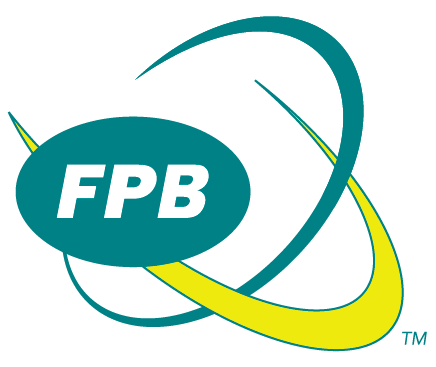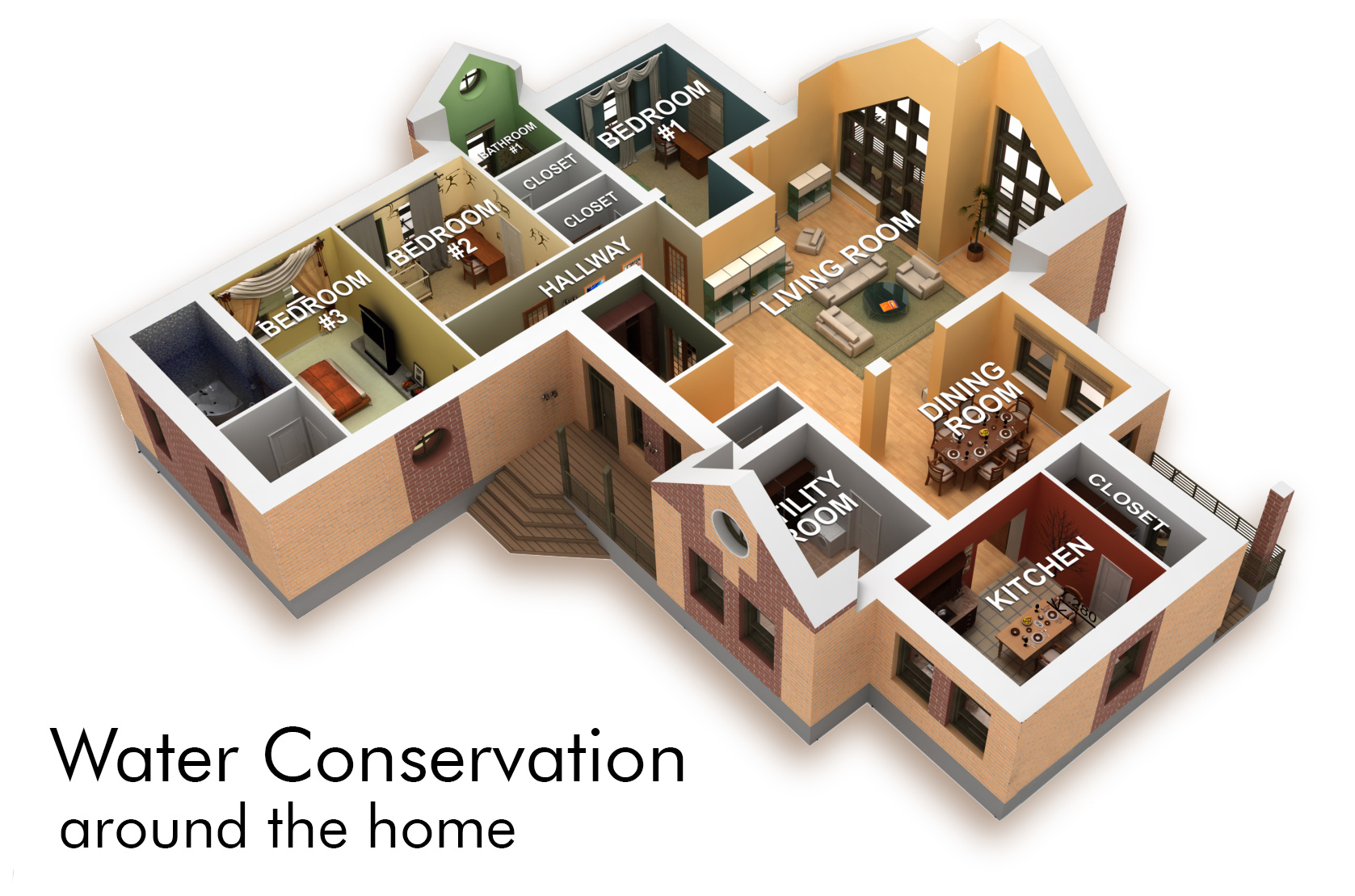dripping faucets and leaking toilets account for as much as 14% of all indoor water use in the world.
There are many easy and cost effective ways to minimize the amount of water your household uses on a regular basis.
Together we share some of the safest drinking water int he world and it is imperative for us all to protect this valuable natural resource for future generations.
We want to help you get the most from your water service. Please take a minute to look over these simple and effective water conservation solutions below.
Bathroom
Studies show that dripping faucets and leaking toilets account for as much as 14% of all indoor water use, equivalent to 10 gallons (38 liters) per person of water lost per day!
Turn off water when brushing your teeth or shaving and save more than 5 gallons (19 liters) per day.
Install faucet aerators and reduce water flow to 1.5 gallons/minute.
The most common source of leaks is the toilet. Check toilets for leaks by placing a dye tablet, or enough food coloring to deeply color the water into the tank. If after 30-60 minutes the dye shows up in the bowl, the toilet has a leak.
Toilets account for almost 30% of all indoor water use, more than any other fixture or appliance.
Replacing an old toilet with a new model can save the typical household 7,900 to 21,700 gallons (29,902 to 82,135 liters) of water per year, cutting both your water and wastewater bills.
Install an ultra low-flow toilet that requires only 1.6 gallons (6 liters) per flush.
Reduce the amount of water an older toilet uses by placing a half-gallon plastic jug in the tank.
Don’t use the toilet as a trash can.
Take a quick shower (less than 5 minutes) and save an average of 20 gallons (76 liters) of water.
Install a low-flow shower-head with a flow rate of less than 2.5 gallons (9.5 liters) per minute.
Kitchen
Install faucet aerators using a maximum of 2.5 gallons/minute to reduce indoor water use.
Clean vegetables in a sink or pan partially filled with water rather than running water from the tap.
Re-use the water that vegetables are washed in for watering houseplants or cleaning.
Re-use the water used to boil pasta, vegetables, or rice.
If you wash dishes by hand, rinse them in a sink partially filled with clean water instead of under running water.
Instead of waiting for tap water to get cold, keep a pitcher of water in the refrigerator for drinking.
Dishwashers use as much as 25 gallons (95 liters) per cycle. New water efficient dishwashers use about 16 gallons per cycle.
Running a full dishwasher is more efficient that washing the same load by hand. Run your dishwasher when it is full to make the best use of water, energy, and detergent.
Cut down on the amount of rinsing you do before loading the dishwasher. Most dishwashers do an excellent job of cleaning dishes, pots, and pans all by themselves.
Compost food or scraps or dispose of them in the garbage rather than using the garbage disposal which requires a lot of water.
Laundry Room
Washing machines can use as much as 30-35 gallons (114-133 liters) of water per cycle.
Consider purchasing a new, high efficiency model that will use an average of 30% less water and 40-50 % less energy.
Wait until you have a full load of laundry before running the machine to save both energy and water.
If you can’t wait for a full load, use the right water level to match the size of the load.
Install low-flow aerators, if you have faucets in your laundry room.
Never install a water-to-air heat pump or air-conditioning system. Newer air-to-air models are just as efficient and do not waste water.






